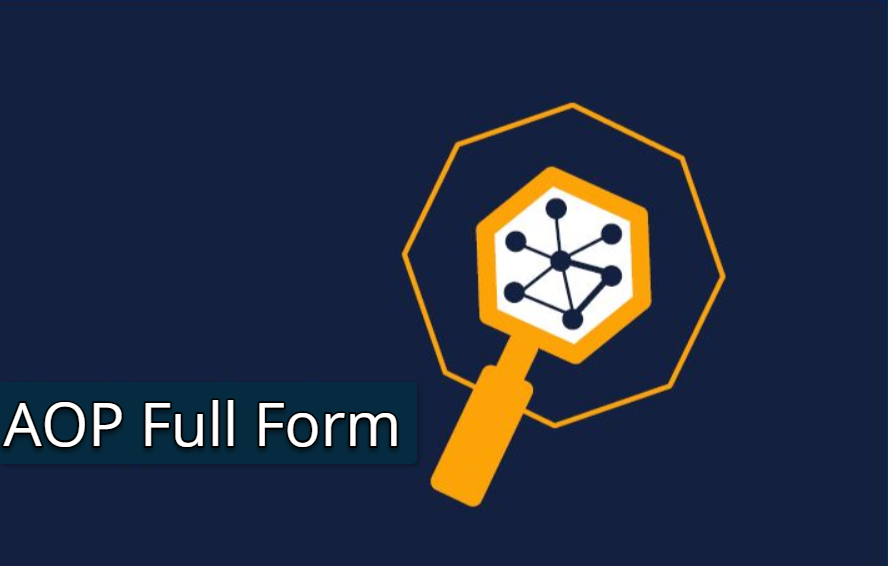
What is AOP Full Form and Its Uses
The abbreviation for the term “AOP Full Form” refers to Aspect Oriented Programming. It is a method of organising the high-level structure of code to enhance modularity and reusability by recording joins that intersect at the cross-points of a variety of objects within an object-oriented program that is standard. These concerns, often referred to as cross-cutting issues are typically functional requirements that manifest at the system level everywhere in the program’s elements of security, logging, and errors handling.
Key Concepts in AOP:
- Join Point An element in the design of a program that has a cross-cutting issue that is joined. This is the case for methods, constructors, fields access and exceptions.
- Point cut: A part which defines a set connect points to which the particular cross-cutting concern is to connect. Point cuts are usually described using regular declarations or statements.
- Advice A discrete piece of code, which is executed at a join location, as indicated by the use of a pointcut. The types of advice are three: kinds:
- Before recommendation: This kind of element is performed prior to the moment a join point is reached.
- After the advice When until the join point is reached regardless as to whether or not the joining point was fully completed with no exception.
- Around-the-clock advice is a program that runs before or after the join point, and determines whether it will be invoked or won’t not be called upon.
- Aspect is a piece of code that creates a regularity which must be a part of multiple modules that are not sequential intendeders, as well as guidance. The application of Aspects involves the use of a technique referred to as weaving.
Benefits of AOP:
- improved modularity AOP is an effective technique for when you have to differentiate objects that span several types of objects because its application leads to better modularity and reusability.
- reduced code duplication Global policies can be applied once in a aspect, and then applied everywhere in a module or two with no code replication.
- Greater flexibility:Through aspect oriented programming it is simple to set up and manage a cross cutting systems, as the aspects used are distinct from the base program code.
- Improved Maintenance:By structuring the issue, AOP can make code more understandable and flexible since issues that cross-cut are grouped together, in a sense and can be identified and modified more effectively.
Example:
Let’s say we need to build an logging system for the kind that could be implemented in an actual web application. Even with a more traditional object-oriented structure, you’d likely encounter logging codes scattered throughout the application, which could cause some issues with its management and the subsequent evolution. AOP is a good choice for this. AOP the idea is to design an aspect for logging that specifies the method’s purpose and a prior advice that will generate the log message before the method executes. From there, it can be applied to the entire program to record all method calls without altering the code base.
In the end, AOP is an extremely strong idea of programming that will increase the modularity, maintenanceability and flexibility of computer systems. AOP can allow users to separate the cross-cutting issues from the essential business functions and improve the quality of software in terms of reuse and maintenance.

